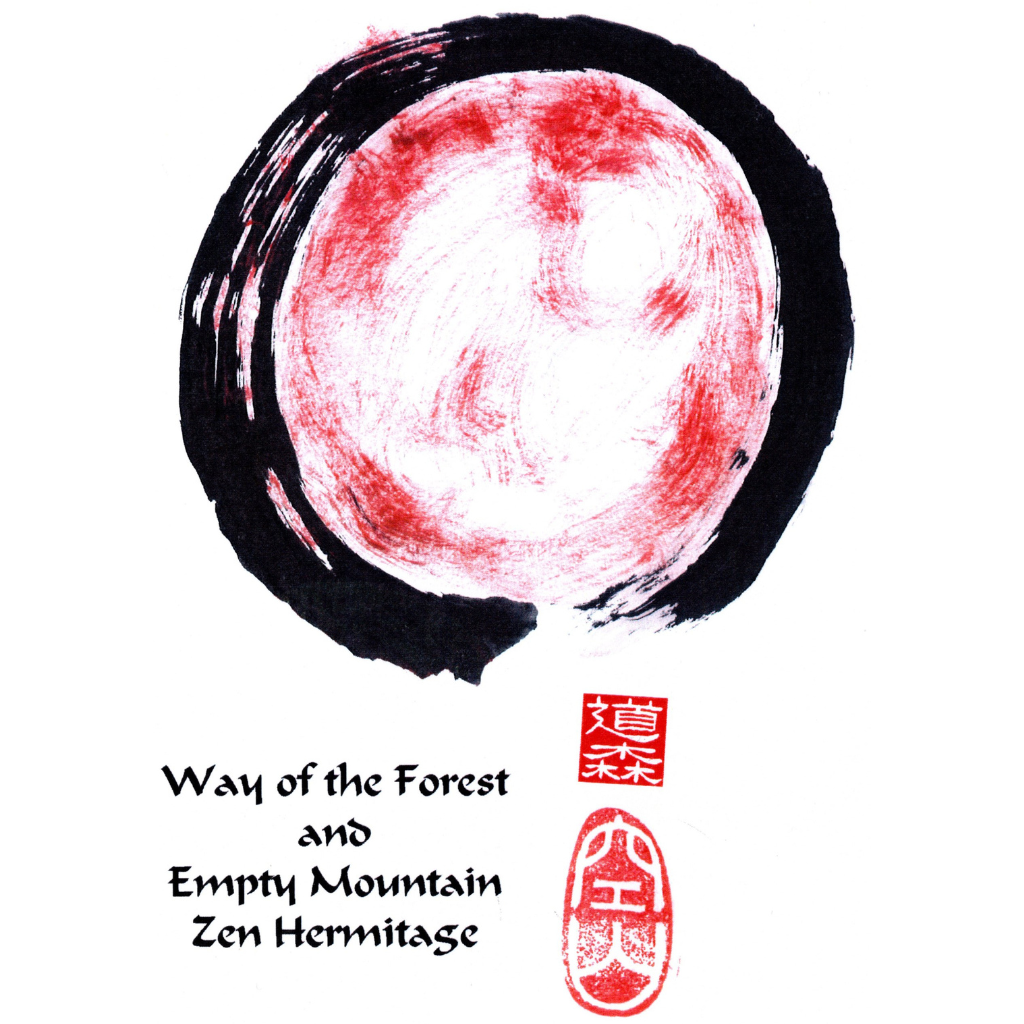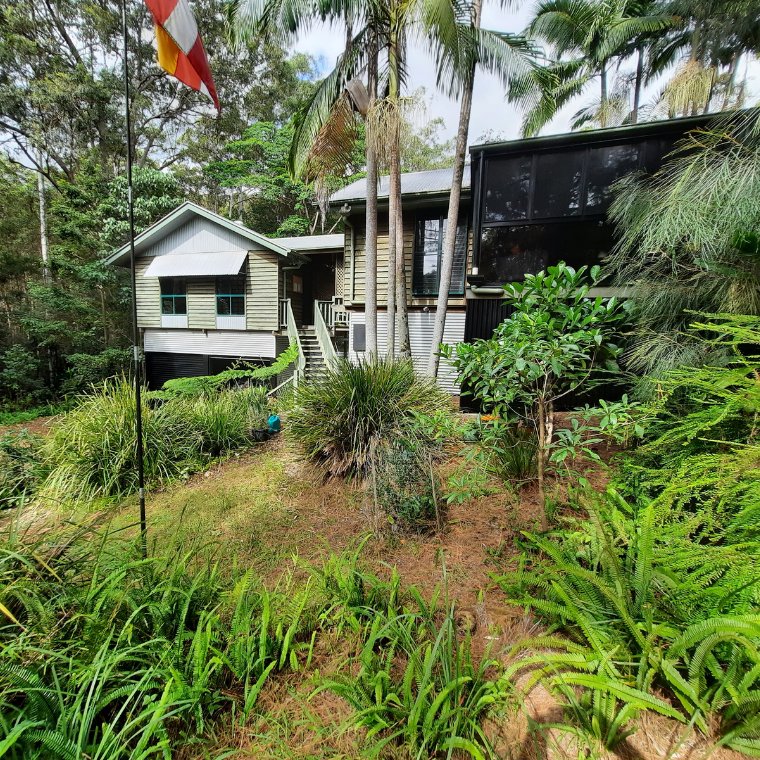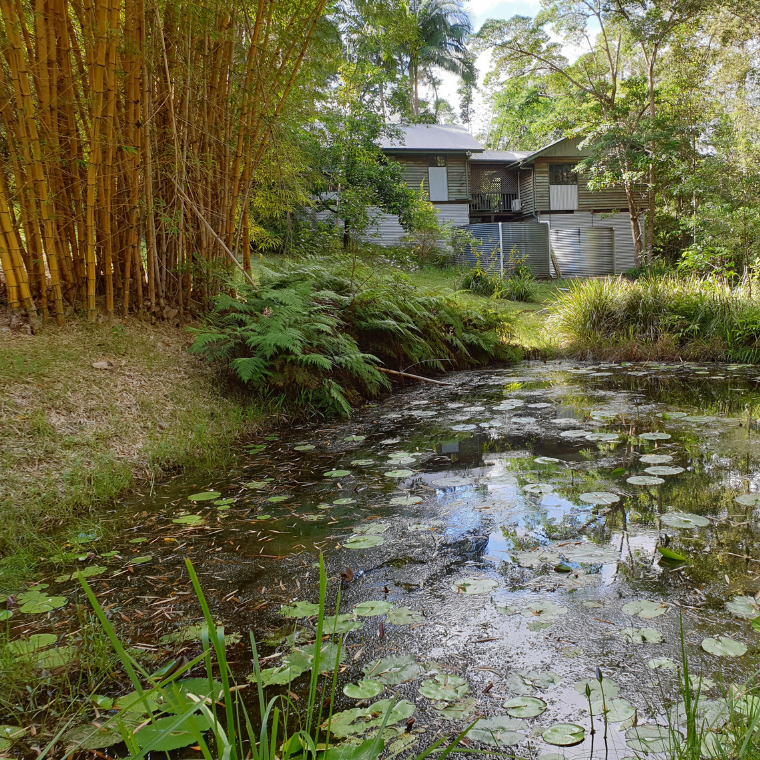
Way of The Forest Empty Mountain Zen Hermitage
The Soto Zen School of Japan informs our organisation. We also transmit the Koan curriculum which was first brought to Australia in the late 1970’s by Robert Aitken Roshi who founded the Diamond Sangha. The Diamond Sangha spread quickly and is now the largest Zen organization in Australia. We believe that students who want to practice Zen and remain a lay person will have sufficient skill to become a teacher. We also acknowledge those who decide to move to ordination. The ceremony of ordination called Unsui ( those who drift like clouds and flow like water).
Soto Zen is the largest Zen organization in Japan with about eight million people declaring themselves practitioners of Soto Zen Buddhism. The main practice of Soto Zen is Shikantaza or as it is known in China, Silent Illumination. Emphasis is placed on the liturgy and chanting style of the Soto Zen sect. We hold that Soto Zen contains the deep practice, and deep meaning of Dogen Roshi and Keizan Roshi, who were instrumental in propagating Zen to Japan.
The Diamond Sangha originated from the breakaway Soto Zen group named Sanbo Zen. Three major Soto Zen Roshi in the 20th century, Harada Roshi, Yasutani Roshi and Yamada Roshi formed the Sanbo Zen. Aitken Roshi, a student of Yasutani and Yamada, gave Subhana Barzaghi Roshi transmission and she became the first woman in Australia to become a Roshi. The Way of the Forest and Empty Mountain Zen Hermitage believes that there should be equality of ordination for men and women.
We follow both the teaching and koan curriculum of Subhana Roshi and the influence of Jiyu-Kennett Roshi through James Ford Roshi of the Empty Moon Network. The Soto lineage comes from Jiyu-Kennett Roshi who became the first woman to start Shasta Abbey and form a Zen Monastery in the USA. We also acknowledge the part that these two skilful Zen women played in the spread to the Western World of Zen: One as a Lay Zen Roshi and the other as an ordained priest.
We seek to bring these two linages together to further establish a place of practice and sangha support for each other and reach out to the people of this Great Southern Land.
Front view of hermitage

Rear view of hermitage
